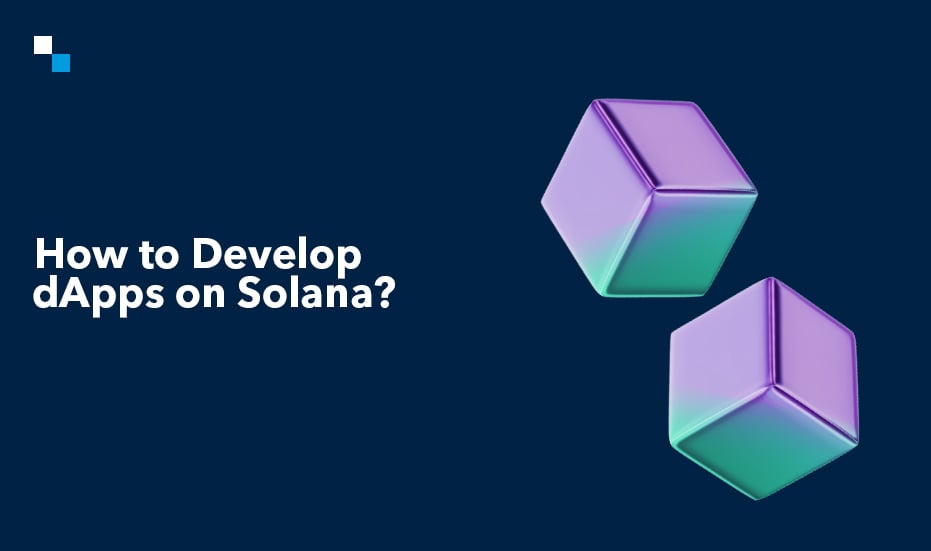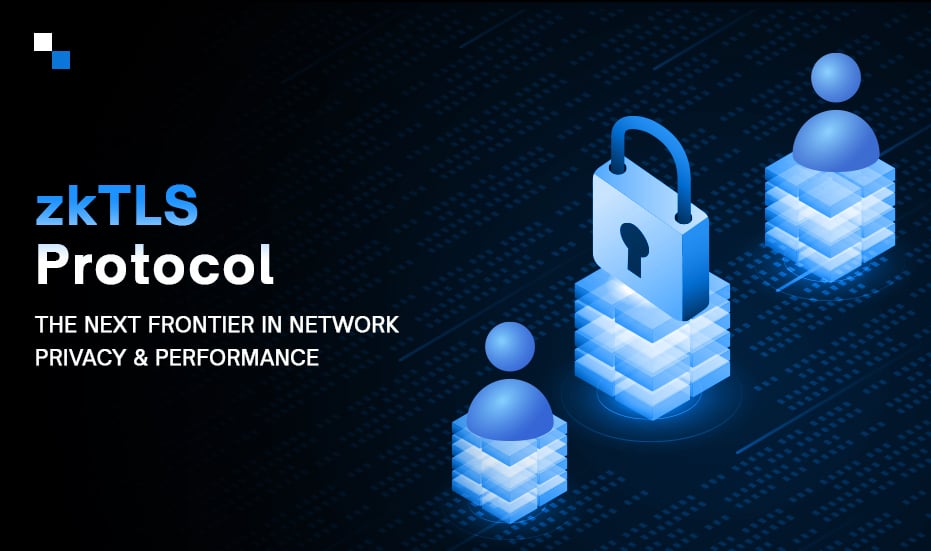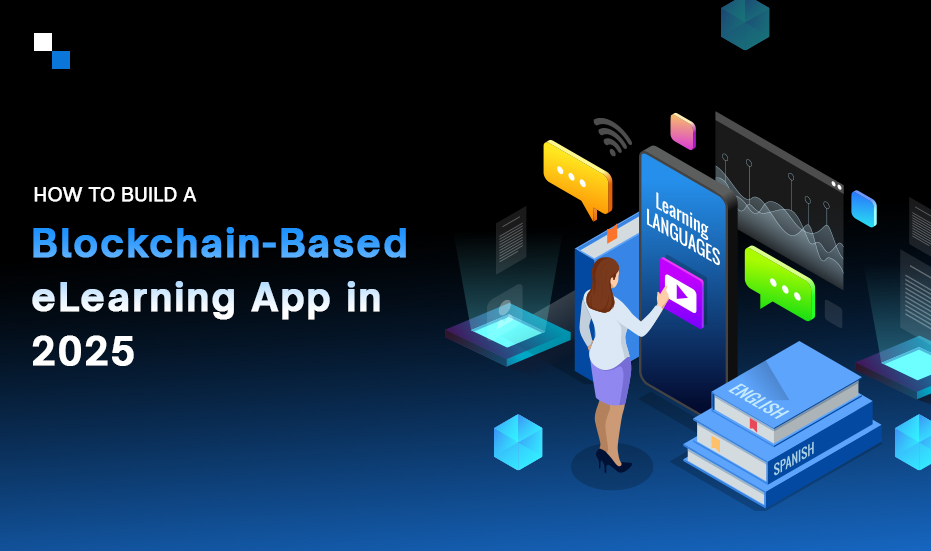
How to develop a winning crypto sports betting exchange in 2025
November 22, 2024
Sui Meme Coins: The Next Big Thing?
November 22, 2024Imagine launching a decentralized application that processes transactions at lightning speed and scales effortlessly to meet growing user demand. This is the promise of Solana, a high-performance blockchain known for its unmatched scalability, low transaction costs, and thriving ecosystem. Businesses looking to stay competitive in the decentralized space are increasingly turning to Solana dApp development to build robust, future-proof solutions. This guide outlines the step-by-step process to build dApps on Solana. Before moving further, let’s understand things that make Solana the best blockchain platform for dApps development.
Things that Make Solana Stand Out for dApps Development
-
High Throughput and Scalability
Solana is designed to handle up to 65,000 transactions per second, far exceeding the capabilities of most other blockchain platforms. This is achieved through its unique Proof of History consensus mechanism which timestamps transactions to streamline validation processes.
For businesses, this means you can scale your dApp without worrying about network congestion or performance bottlenecks: a critical advantage for applications requiring real-time data processing, such as gaming, finance, and supply chain management.
-
Ultra-Low Transaction Costs
One of Solana’s biggest draws is its affordability. The average transaction fee on the network is around $0.00025, making it ideal for applications with frequent transactions, such as decentralized finance platforms or marketplaces.
By choosing Solana dApp development, businesses can significantly reduce operational costs, enabling broader adoption among users who might otherwise shy away due to high fees.
-
Developer-Friendly Ecosystem
Solana offers a robust and well-documented ecosystem that simplifies the development process. It supports popular programming languages like Rust, C, and C++, and provides tools such as:
- Solana CLI: For managing and deploying smart contracts.
- Anchor Framework: Simplifies smart contract development on Solana.
- Solana Web3.js: Facilitates frontend integration for dApps.
This comprehensive suite of tools allows developers to build, test, and deploy dApps efficiently while ensuring faster time-to-market for businesses.
-
Decentralization with Robust Security
Solana combines Proof of History with Proof of Stake to offer a highly secure yet decentralized network. This hybrid consensus mechanism ensures data integrity while maintaining a fair and distributed network architecture.
For enterprises prioritizing security, whether in finance, healthcare, or real estate, Solana provides the reliability and resilience necessary for mission-critical applications.

Step-by-Step Guide to Build dApps on Solana
1. Understand Solana’s Architecture
Before diving into development, familiarize yourself with Solana’s core components:
- Proof of History: A unique consensus mechanism that timestamps transactions, ensuring high throughput and low latency.
- Solana Runtime: Responsible for executing programs on the Solana blockchain.
- Solana Program Library: A collection of pre-built modules for common functionalities like token creation and staking.
This foundational knowledge helps you design efficient dApps tailored to Solana’s capabilities.
2. Define Your dApp Use Case
Clearly outline your dApp’s purpose and features. Common use cases include:
- DeFi platforms for lending, borrowing, or trading.
- NFT marketplaces for creating and trading digital collectibles.
- Gaming applications utilizing blockchain for asset ownership.
This clarity ensures that your development process aligns with user needs and industry standards.
3. Set Up the Development Environment
To start coding, set up a robust environment:
- Install Rust: Solana smart contracts are written in Rust. Install Rust using its official installation guide.
- Set up Solana CLI: Install the Solana Command Line Interface to interact with the blockchain.
- Create a Wallet: Tools like Phantom or Sollet are used to store tokens and interact with dApps.
- Anchor Framework: This developer-friendly framework simplifies writing and deploying smart contracts on Solana.
Proper setup ensures smooth interaction with the Solana blockchain during development.
4. Write the Smart Contract
Solana’s smart contracts, also called programs, are written in Rust. Key steps include:
- Define the logic of your dApp within the contract.
- Use Solana Program Library modules for common tasks like token minting or staking.
- Ensure the contract is lightweight to reduce execution costs.
- Test the contract thoroughly to ensure it meets your requirements.
5. Build the Front-End Interface
Develop a user-friendly interface for your dApp that allows seamless interaction with the blockchain.
- Use frameworks like React or Vue.js to build the front end.
- Integrate the Solana blockchain using @solana/web3.js, a JavaScript library that enables wallet connections, transactions, and interactions with smart contracts.
- Focus on creating an intuitive UI/UX to drive adoption.
6. Test Your dApp
Deploy your application on Solana’s devnet or testnet to simulate real-world conditions. Key testing areas include:
- Functionality: Ensure all features work as intended.
- Performance: Validate transaction speed and cost.
- Security: Identify and resolve vulnerabilities in your smart contracts.
Testing on a simulated network minimizes risks before live deployment.
7. Deploy to Mainnet
Once testing is complete and the dApp is optimized, deploy it to the Solana mainnet. Steps include:
- Use Solana CLI to publish your smart contracts.
- Ensure that necessary wallet configurations and funding are in place.
- Monitor gas fees and optimize program execution to keep costs low.
8. Monitor and Maintain
After launch, active monitoring and regular maintenance are crucial:
- Monitor performance: Use analytics tools to track user interactions and transaction metrics.
- Update smart contracts: Address bugs or vulnerabilities as they arise.
- Incorporate user feedback: Iteratively improve your dApp to enhance user experience.
This ensures your dApp remains competitive and reliable.
Key Benefits of Partnering with a Solana Blockchain Development Company
Building dApps on Solana can be complex, requiring expertise in smart contract development, blockchain integration, and user experience design. Partnering with a seasoned Solana blockchain development company can offer:
- End-to-end development services.
- Access to skilled developers familiar with Solana’s ecosystem.
- Reduced time-to-market with efficient processes.

Conclusion
By following this step-by-step guide and leveraging the expertise of a Solana blockchain development company, businesses can confidently navigate the complexities of blockchain technology to deliver cutting-edge dApps that redefine user experiences.



